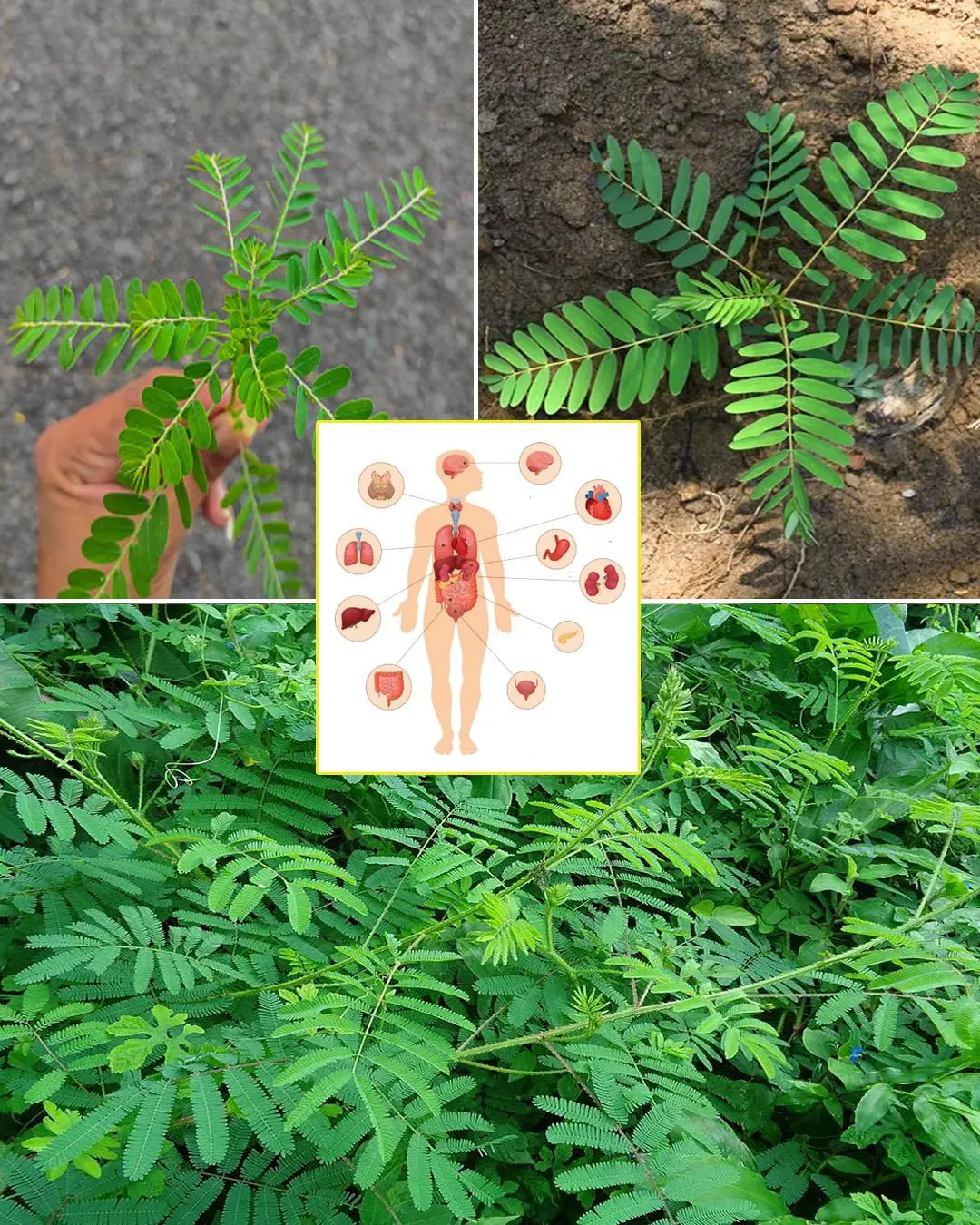
A Thermometer Just Broke At -62°C (-80°F) In The World’s Coldest Village, And The Photos Are Breathtaking
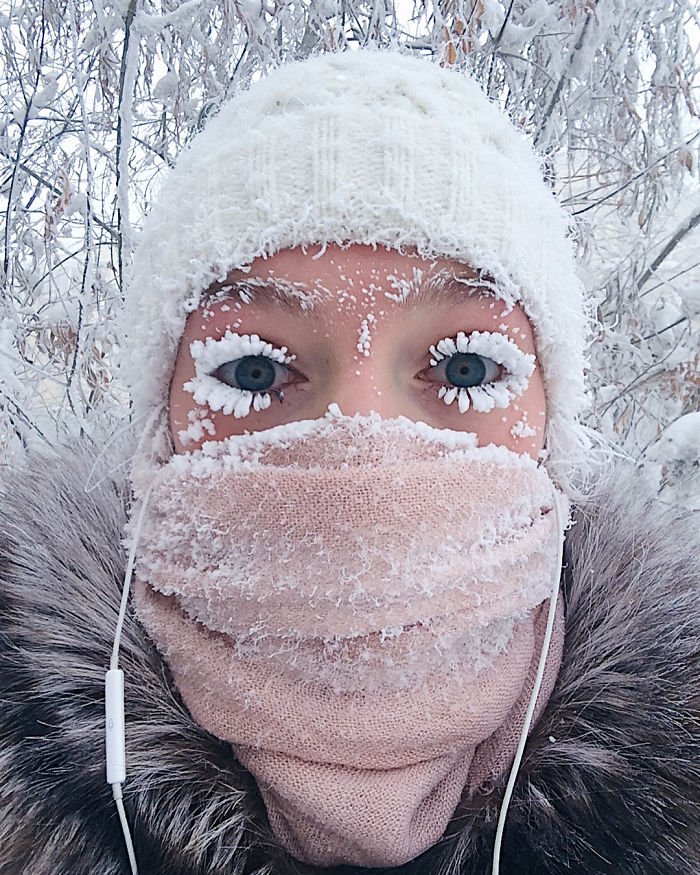
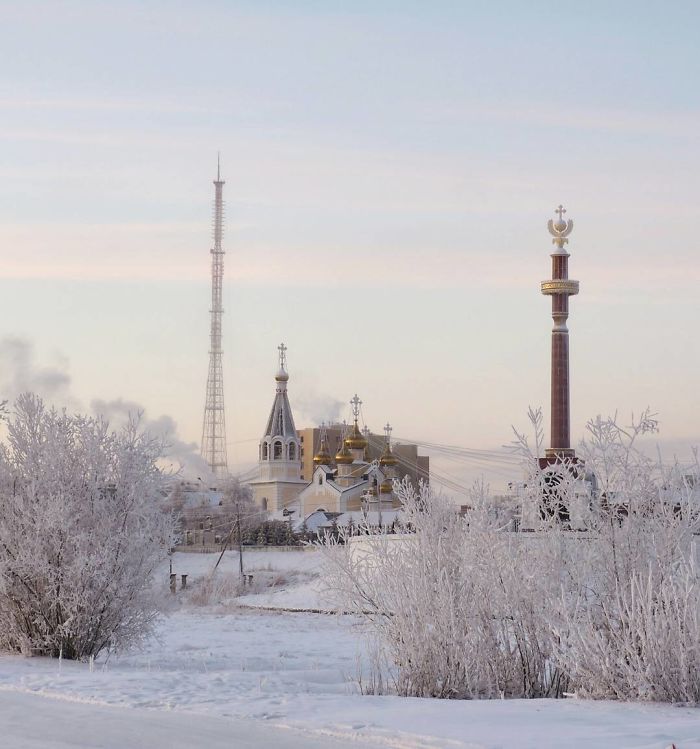
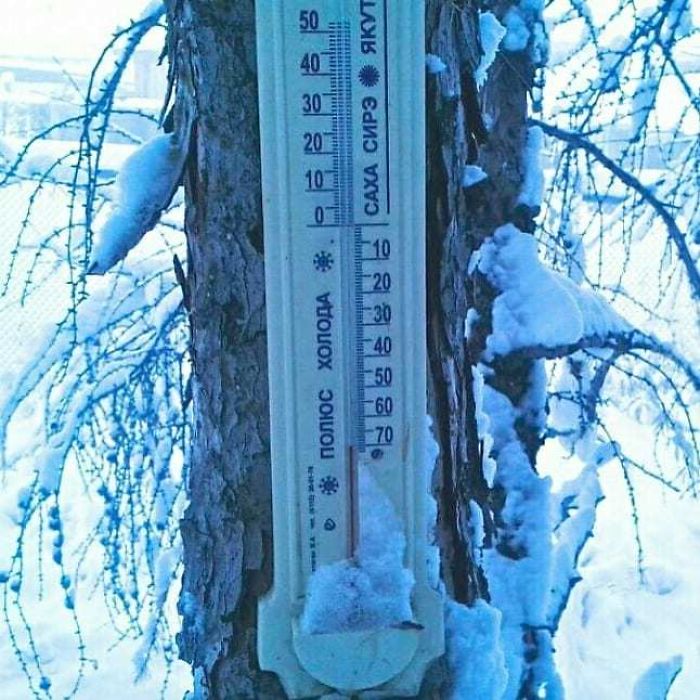
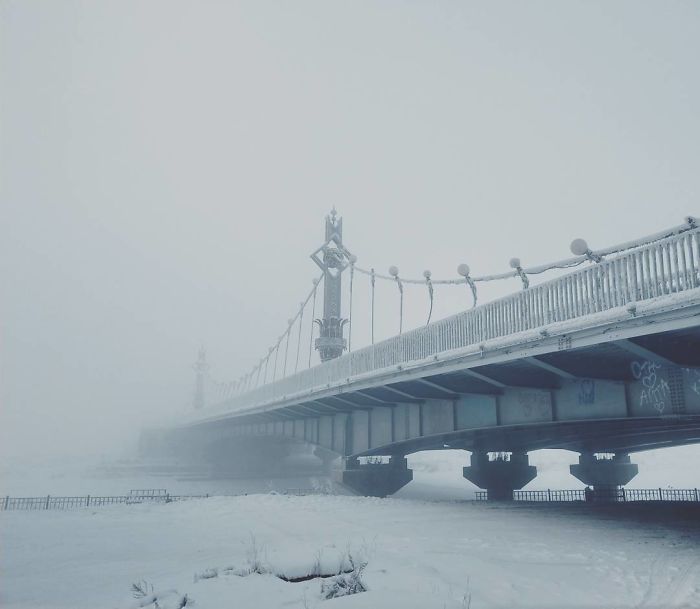
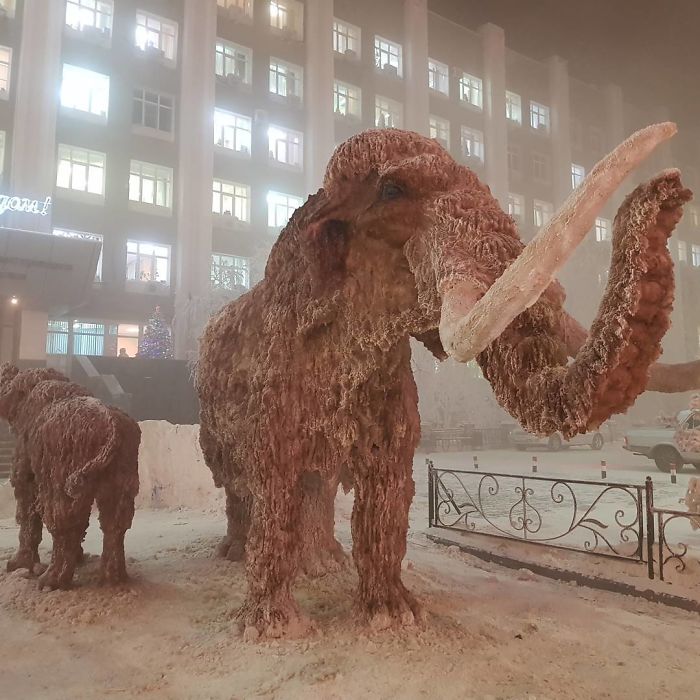
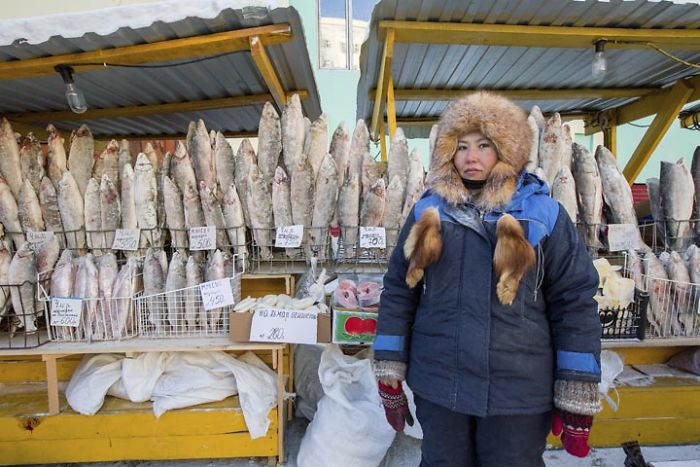
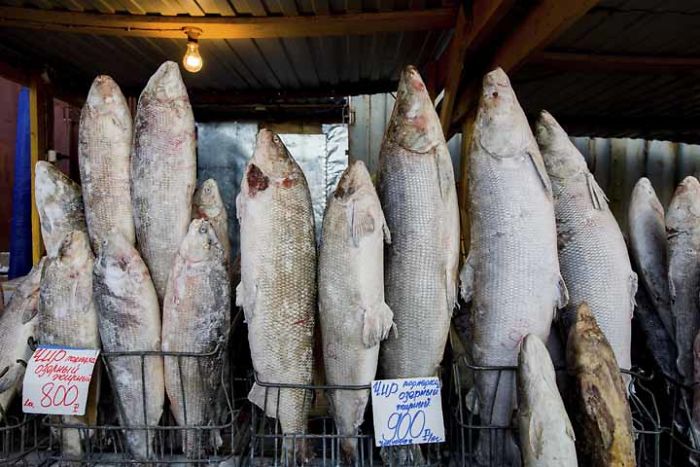
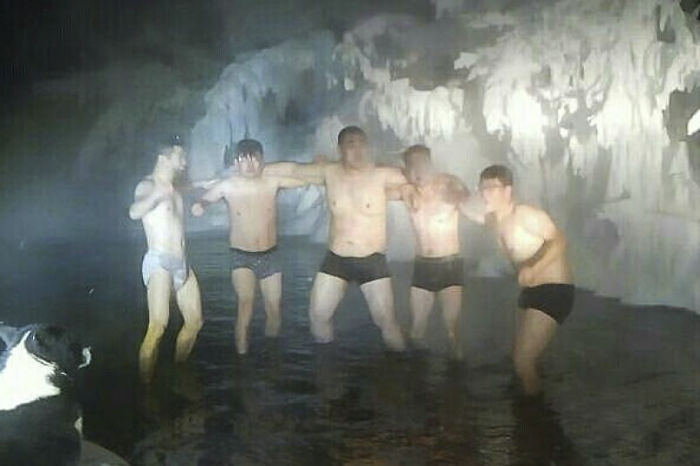
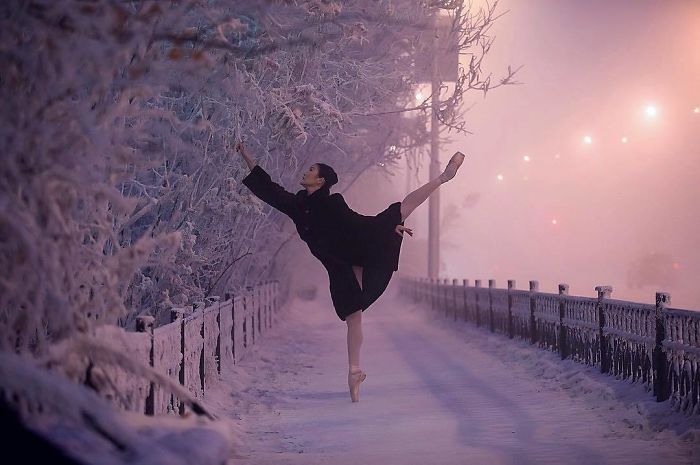
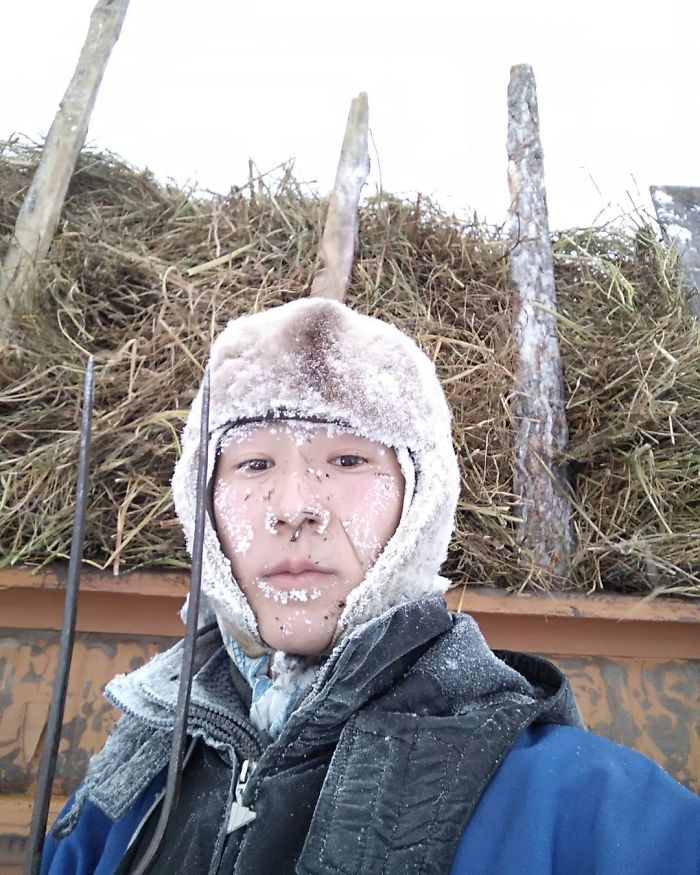
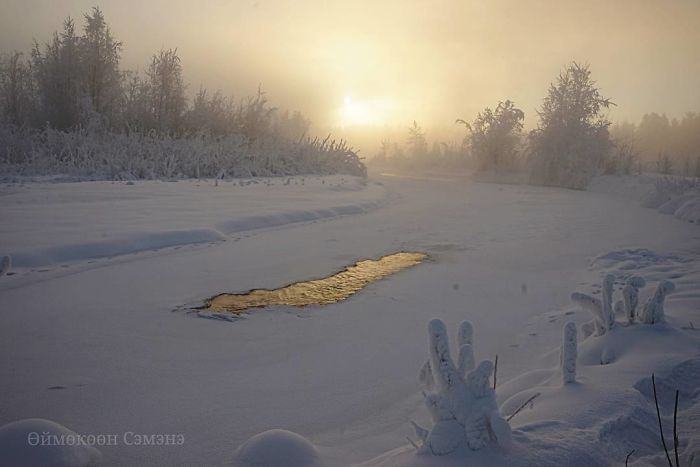
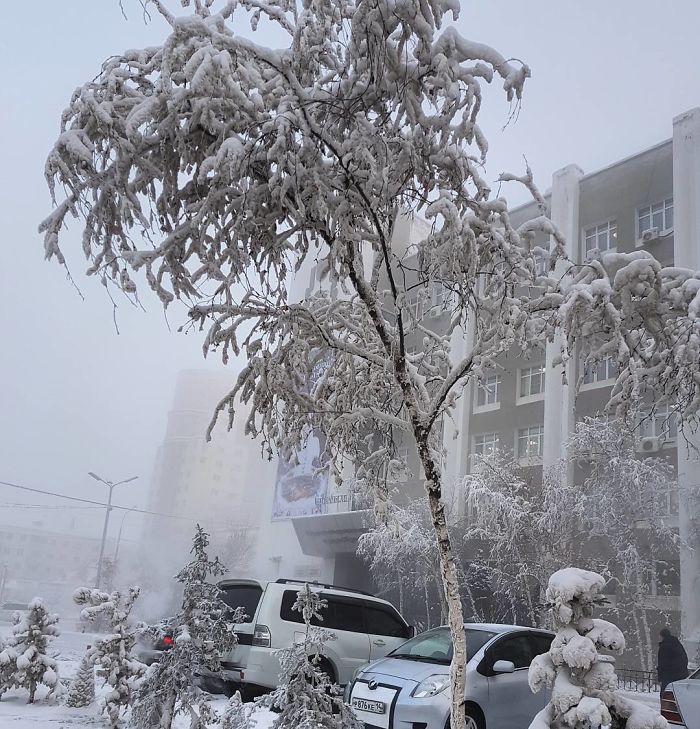
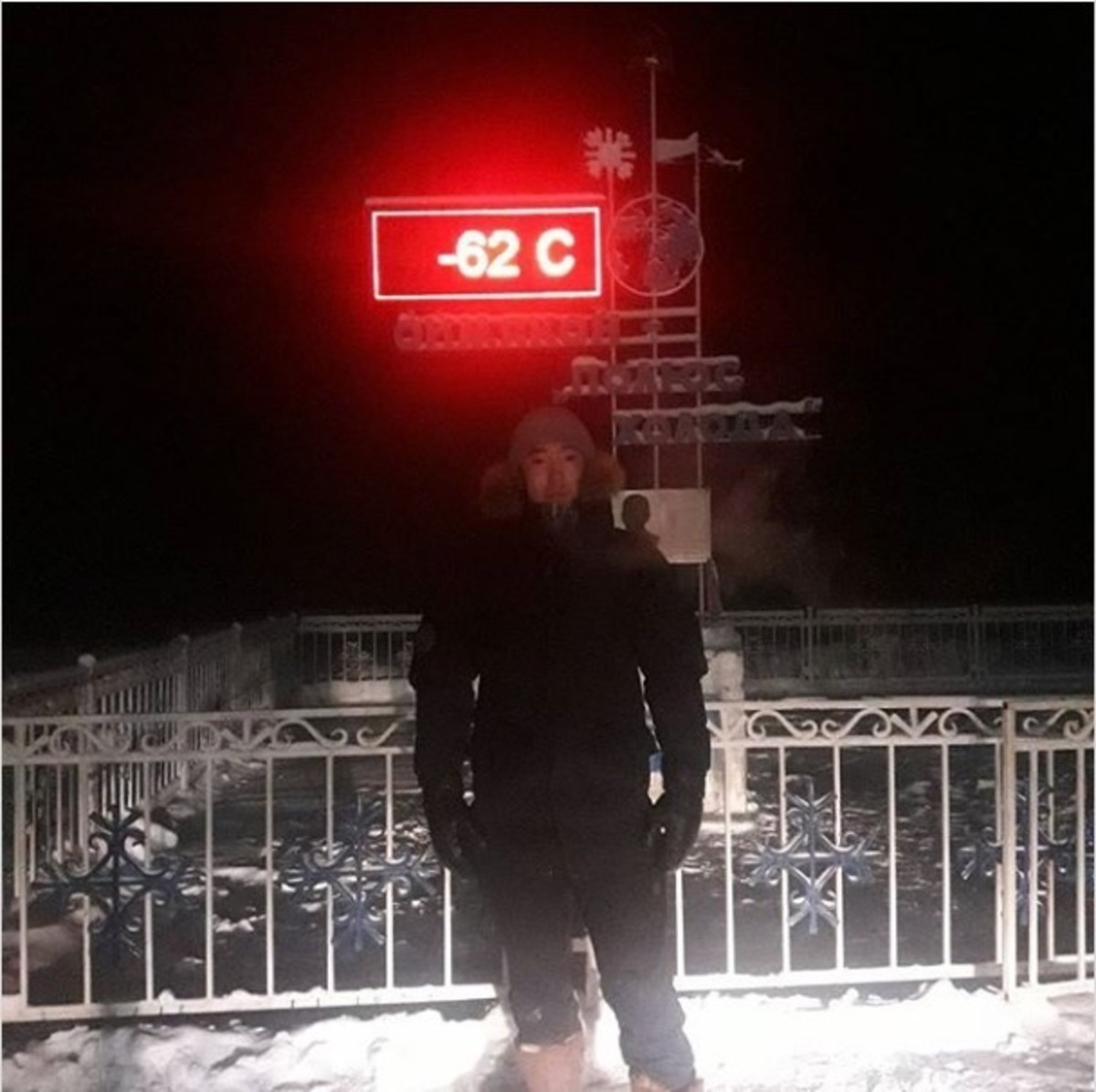
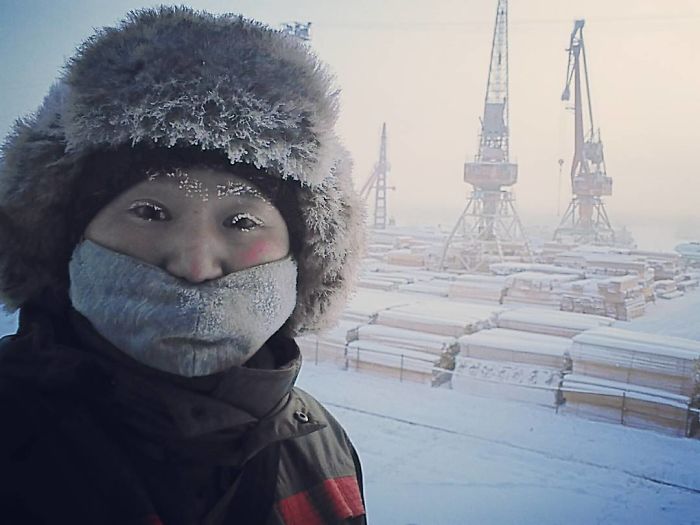
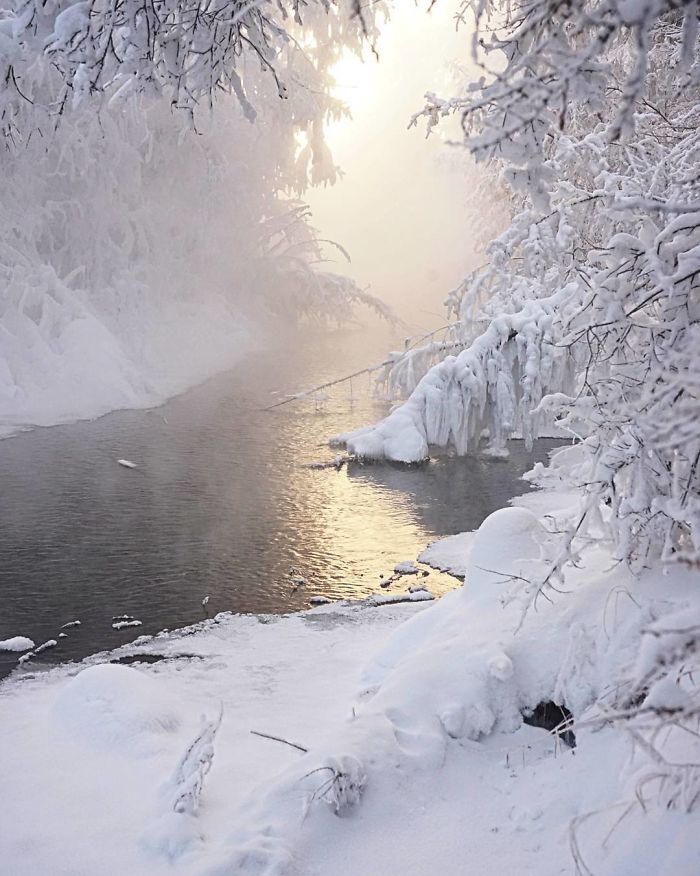
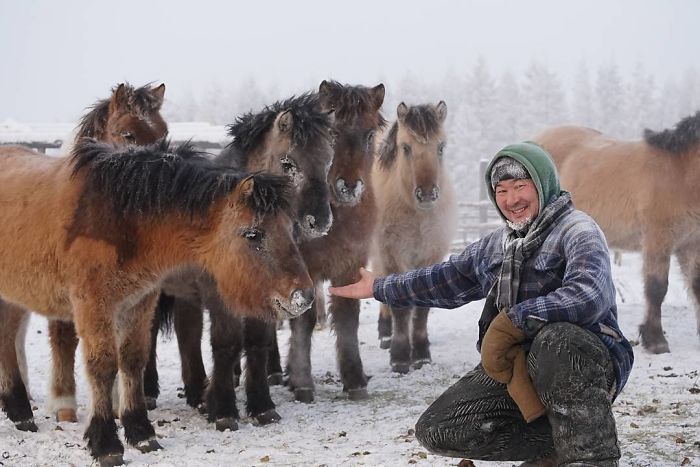
Nestled deep in the remote regions of Siberia, Oymyakon is a small village unlike any other on Earth. Known as the coldest permanently inhabited settlement in the world, this frostbitten outpost regularly endures temperatures so brutal, they defy imagination. This winter, Oymyakon plunged to an astonishing -62°C (-80°F) — a stark reminder of just how extreme life can be in Earth's coldest corners.
In Oymyakon, even daily routines seem like feats of survival. Local students are expected to attend school unless temperatures drop below -52°C (-62°F). Until then, school remains in session — a concept that makes snow days elsewhere seem laughably lenient.
This icy frontier was previously introduced to the world through the lens of photographer Amos Chapple, who once ventured into the region to document life in the permafrost. “I was wearing thin trousers when I first stepped outside into -47°C (-52°F),” Chapple recalled. “I remember feeling like the cold was physically gripping my legs. The other surprise was that occasionally my saliva would freeze into sharp needles that pricked my lips.”
Now, the cold has become even more intense — not only freezing limbs but also turning eyelashes into icicles and pushing technology to its limits. While the official weather station recorded -59°C (-74°F), a newer electronic thermometer broke down after registering -62°C (-80°F), simply unable to handle the harshness. Some locals even claim temperatures have plummeted to -68°C (-90°F) — figures that sound unreal, but in Oymyakon, are taken in stride.
A Village Born from Survival
The history of Oymyakon is as rugged as its climate. In the 1920s and 1930s, it served as a stopover for nomadic reindeer herders, who would bring their animals to drink from a local thermal spring — one of the few unfrozen water sources in the area. Later, in an effort to settle the nomadic population, the Soviet government transformed the area into a permanent village.
In 1933, Oymyakon cemented its place in meteorological history when it recorded a temperature of -67.7°C (−89.9°F) — the lowest temperature ever documented in the Northern Hemisphere.
The name Oymyakon is believed to originate from the Even language, possibly derived from "kheium", meaning "unfrozen patch of water" or "place where fish spend the winter." Ironically, other sources suggest the word may actually mean "frozen lake." Either way, water — or the lack thereof — plays a defining role in the village's identity.
Life in the Deep Freeze
Despite the extreme climate, Oymyakon remains home to about 500 resilient residents, who continue their daily lives with stoic determination. Located 750 meters above sea level, the village is part of the Oymyakonsky District of the Sakha Republic, Russia.
The local lifestyle is a fascinating mix of adaptation and endurance:
-
Street vendors don’t need refrigeration — the sub-zero air is cold enough to preserve fresh fish on open tables.
-
Farmers brush snow off their Yakut horses as part of their morning routine. “For us, this is normal,” said one resident, unfazed by the frost.
-
Cyclists have been spotted braving -48°C temperatures in nearby Yakutsk — a feat that borders on madness for outsiders, but not for the people of this region.
-
Tourists and photographers are drawn to Oymyakon’s surreal beauty and harsh mystique. One photographer even captured a ballerina dancing outdoors at -41°C, proving that art and frost can coexist — though barely.
The village, often called the “Northern Pole of Cold,” transforms into a winter wonderland during the long, snowy months. Snow-covered trees, ice-clad homes, and glowing frost make the entire area look like a scene from a fantasy novel — if that novel were written in a freezer.
Yet not everything is frozen forever. While winters are long and punishing, summers can be surprisingly warm, with temperatures in June, July, and August occasionally exceeding 30°C (86°F). It’s a climate of extremes where daylight hours vary wildly, ranging from just 3 hours in December to 21 hours in June — a dramatic dance of darkness and light.
The Beauty and Brutality of Oymyakon
From frozen eyelashes that resemble delicate sculptures to mine tunnels shimmering with frost, the beauty of Oymyakon lies in its harshness. Life here is both difficult and stunning — a constant reminder of nature’s raw power and human resilience.
Despite being surrounded by ice, the people of Oymyakon are anything but frozen in spirit. Their ability to adapt, endure, and thrive in conditions that most of us can't even imagine is a powerful testament to the strength of the human will.
So next time you shiver on a chilly day, just remember: in Oymyakon, the cold doesn’t stop life — it defines it.
News in the same category

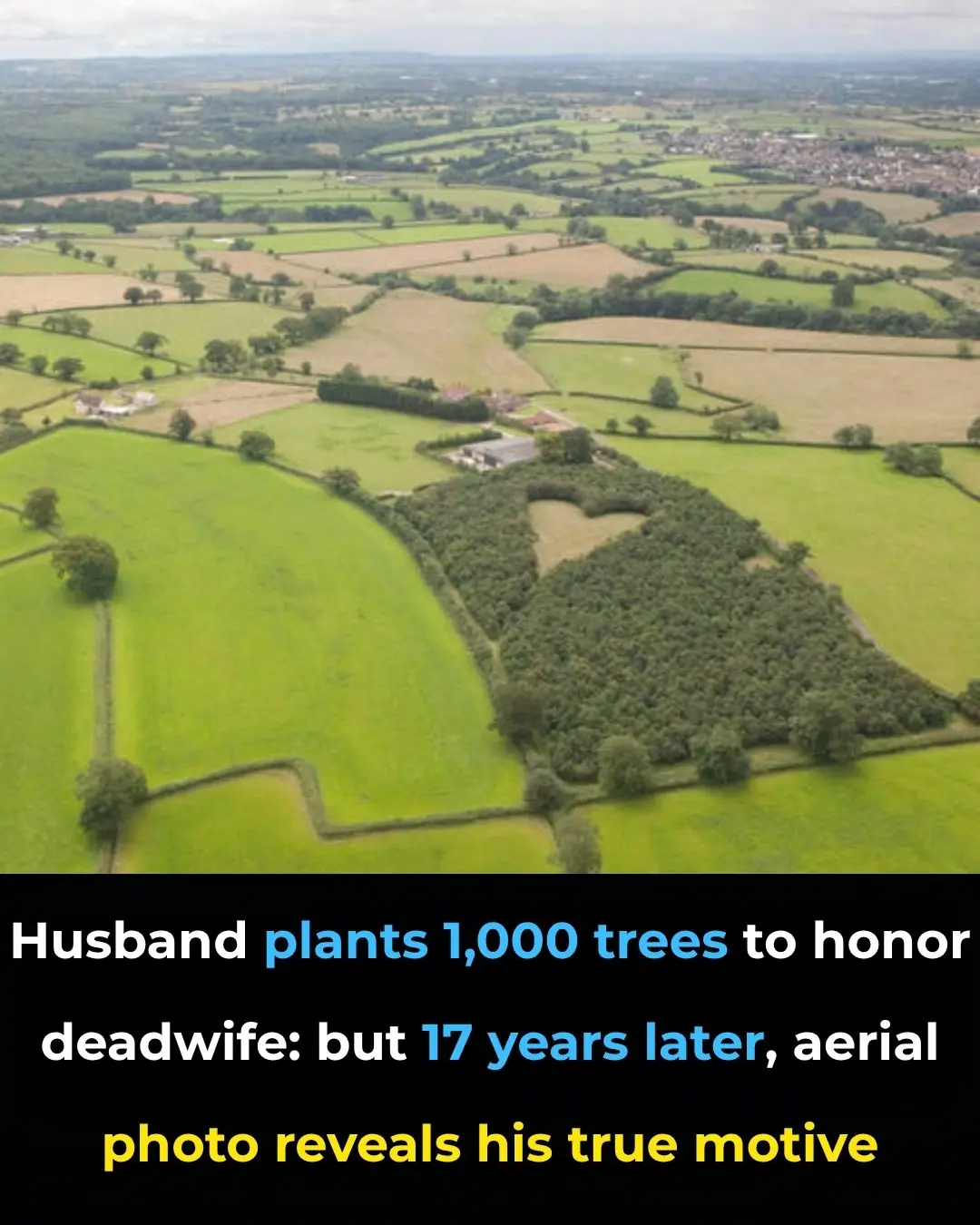
Farmer Plants 1,000 Oak Trees to Create Memorial for Late Wife

What Does a Thumb Ring Really Mean

Netflix loses eye-watering amount of money following Elon Musk’s call to cancel 'woke' streaming service

Nintendo sues Reddit mod for $4,500,000 in shocking lawsuit

Creators of ChatGPT reveal 44 jobs at highest risk of being taken over by AI in future

What Are These Tiny Balls in My Bed

Apple just added a new app to iPhone with iOS 26 and most people have no idea
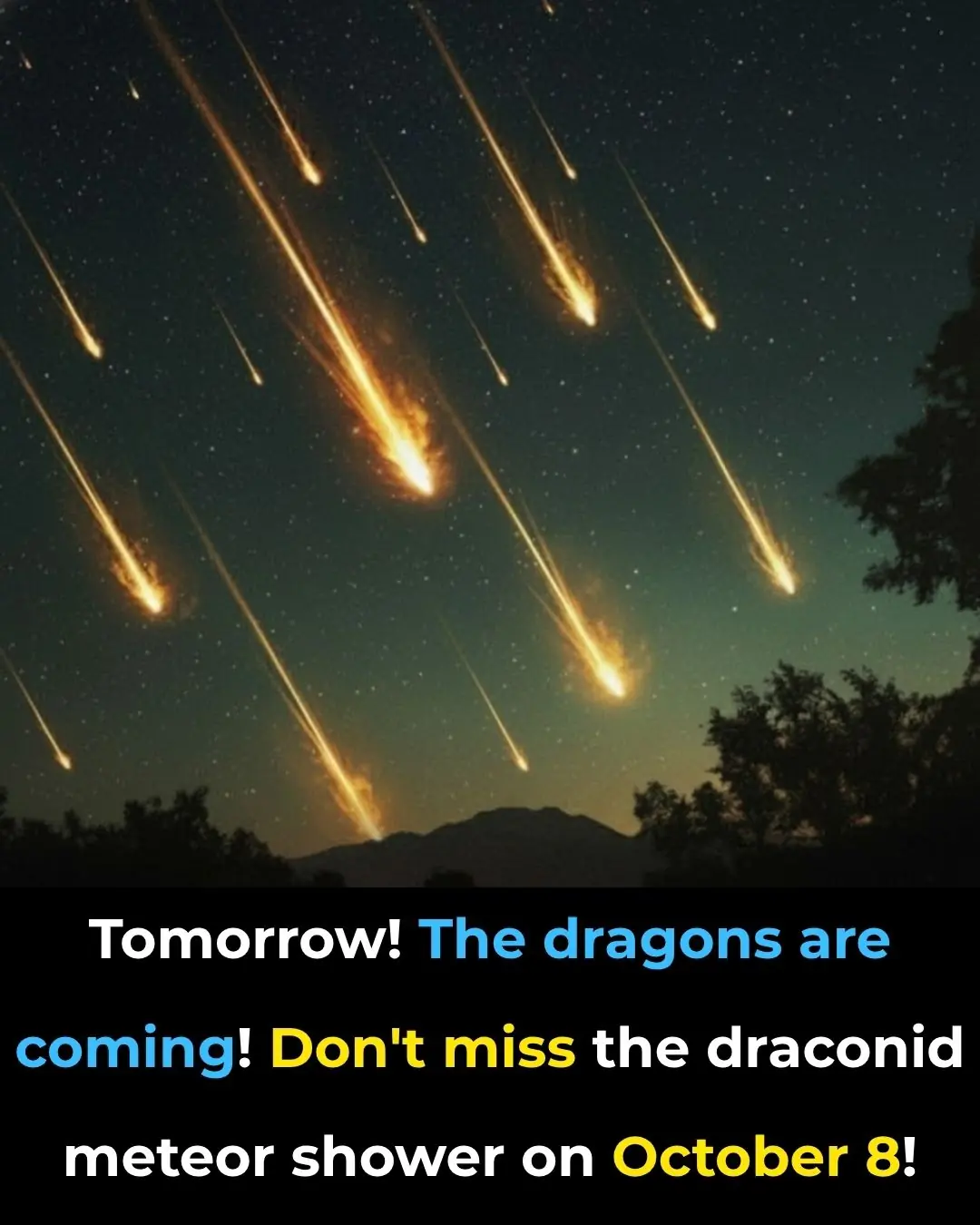
BREAKING NEWS 🚨 Due To This Draconid Meteor Shower Earth Will Be Badly Effected Because…..See More
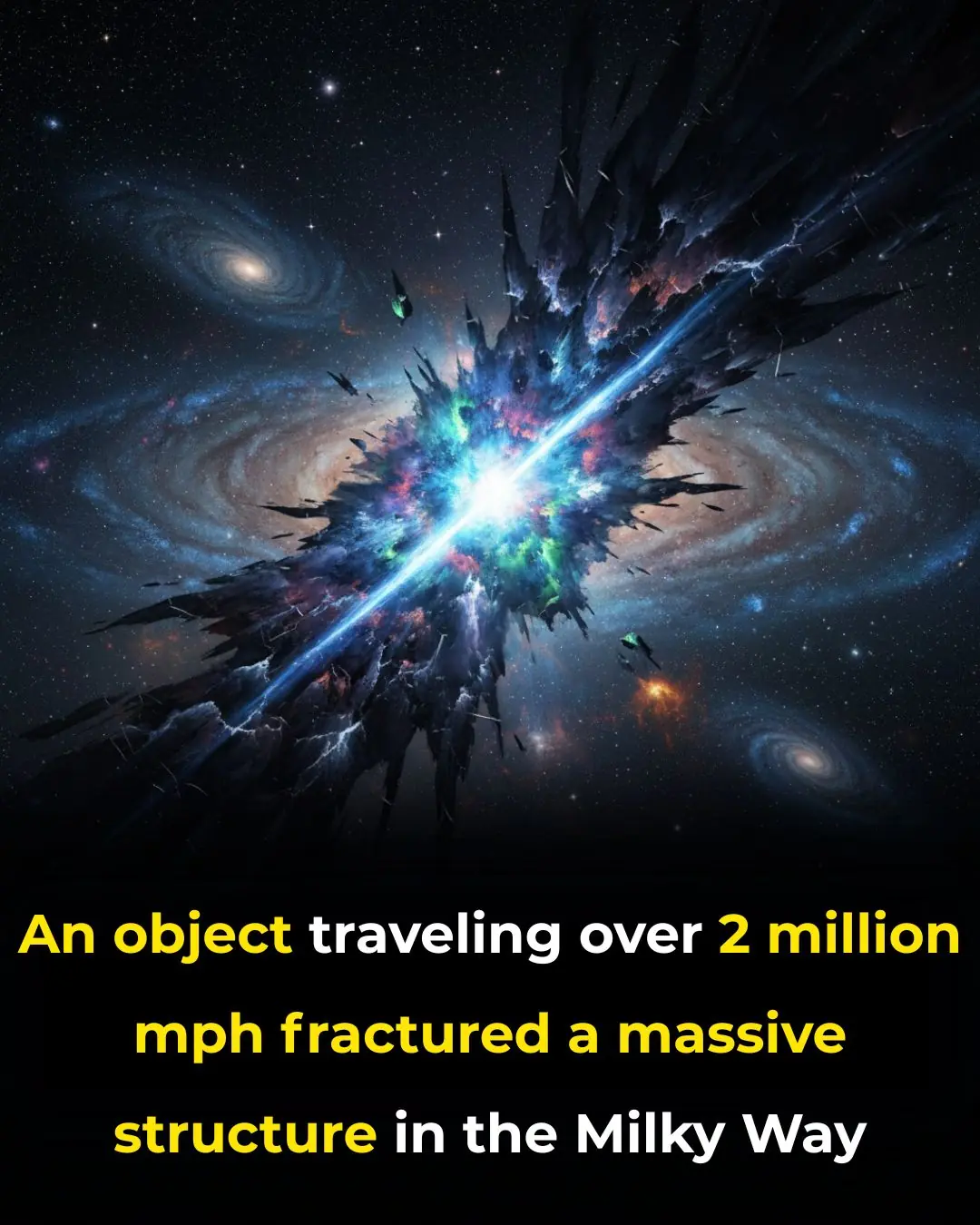
A High-Speed Pulsar Has Cracked the Milky Way’s Magnetic “Bone” — Racing Through Space at 2 Million MPH

Nose Picking What This Taboo Habit Really Reveals About Us
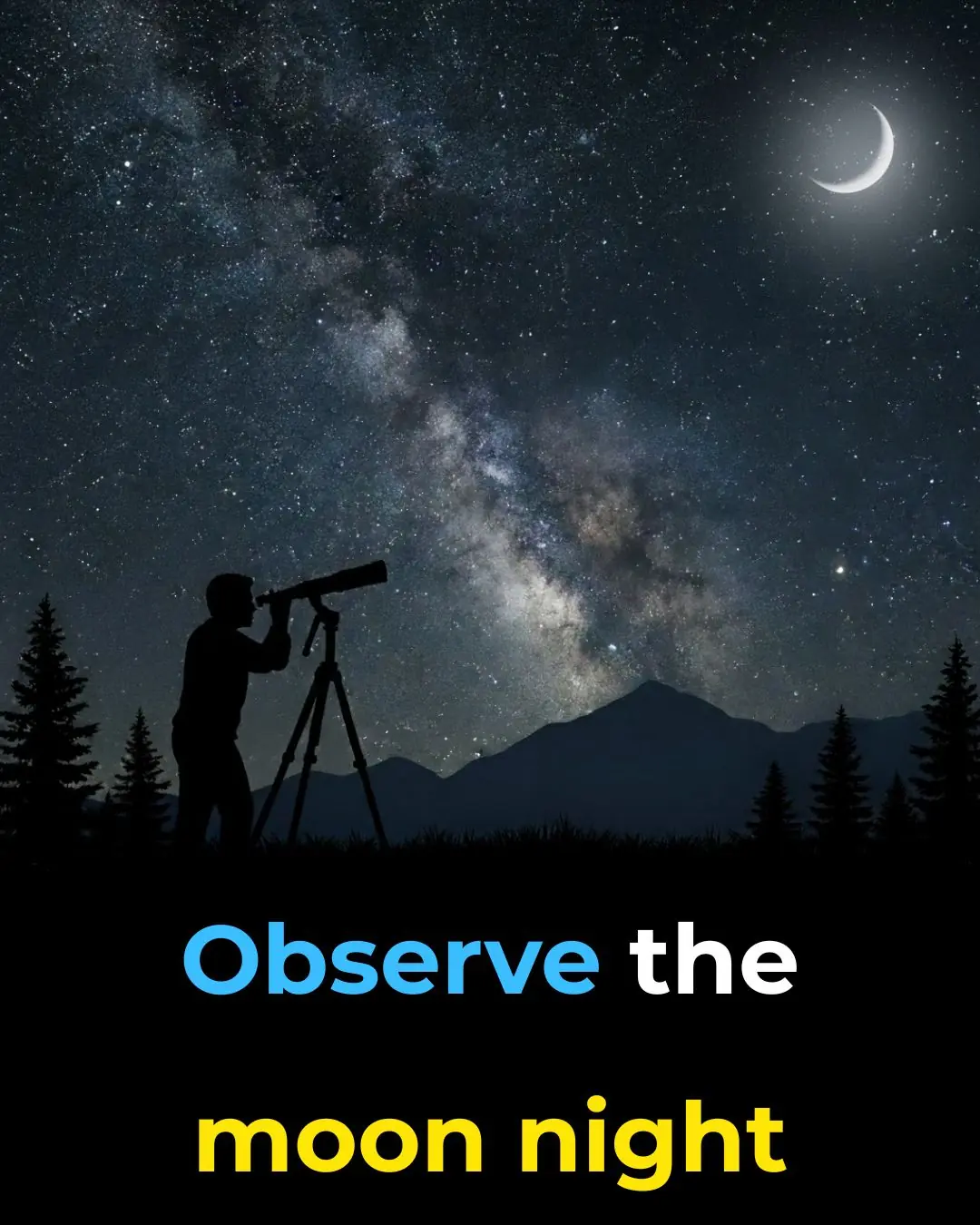
Prime views of the Andromeda Galaxy and Ceres—October 2
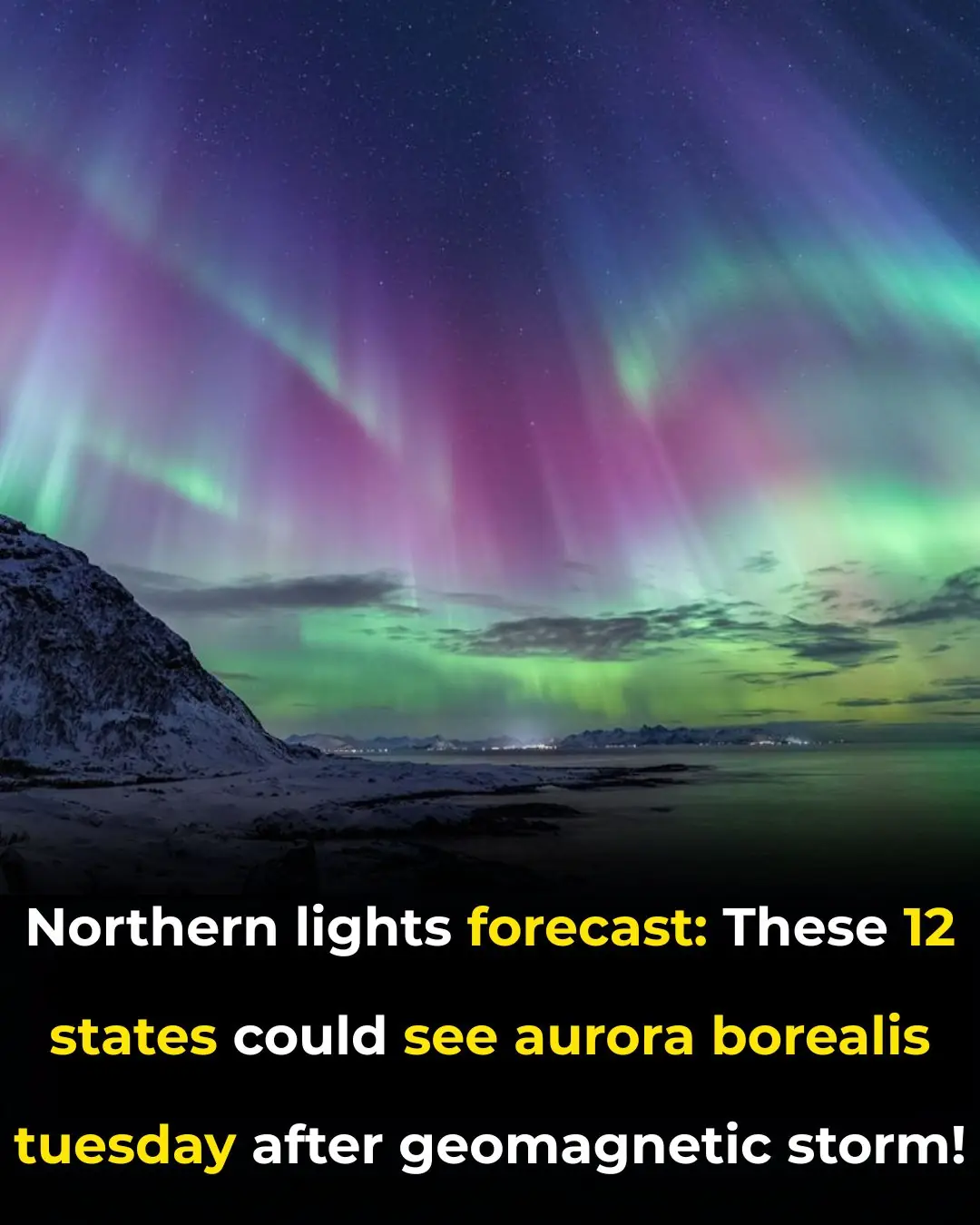
Northern Lights Could Dazzle 12 U.S. States This Week — Best Viewing Through Oct. 8
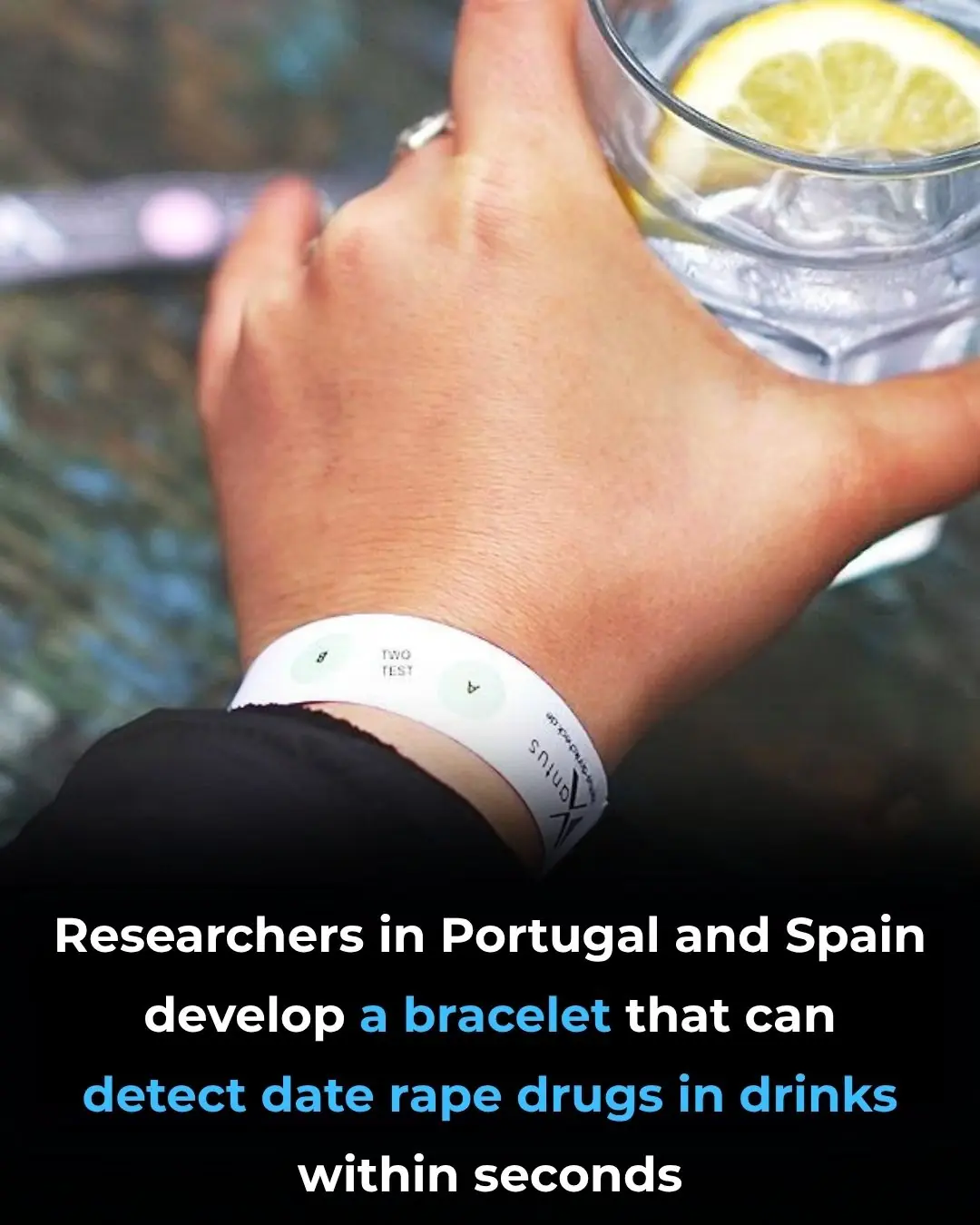
Researchers Turn Festival Wristbands into a Shield Against Drink Spiking

Give President Trump Nobel Peace Prize, Israeli Hostage Families Urge

The Flower You Pick Will Reveal Your Truest Trait
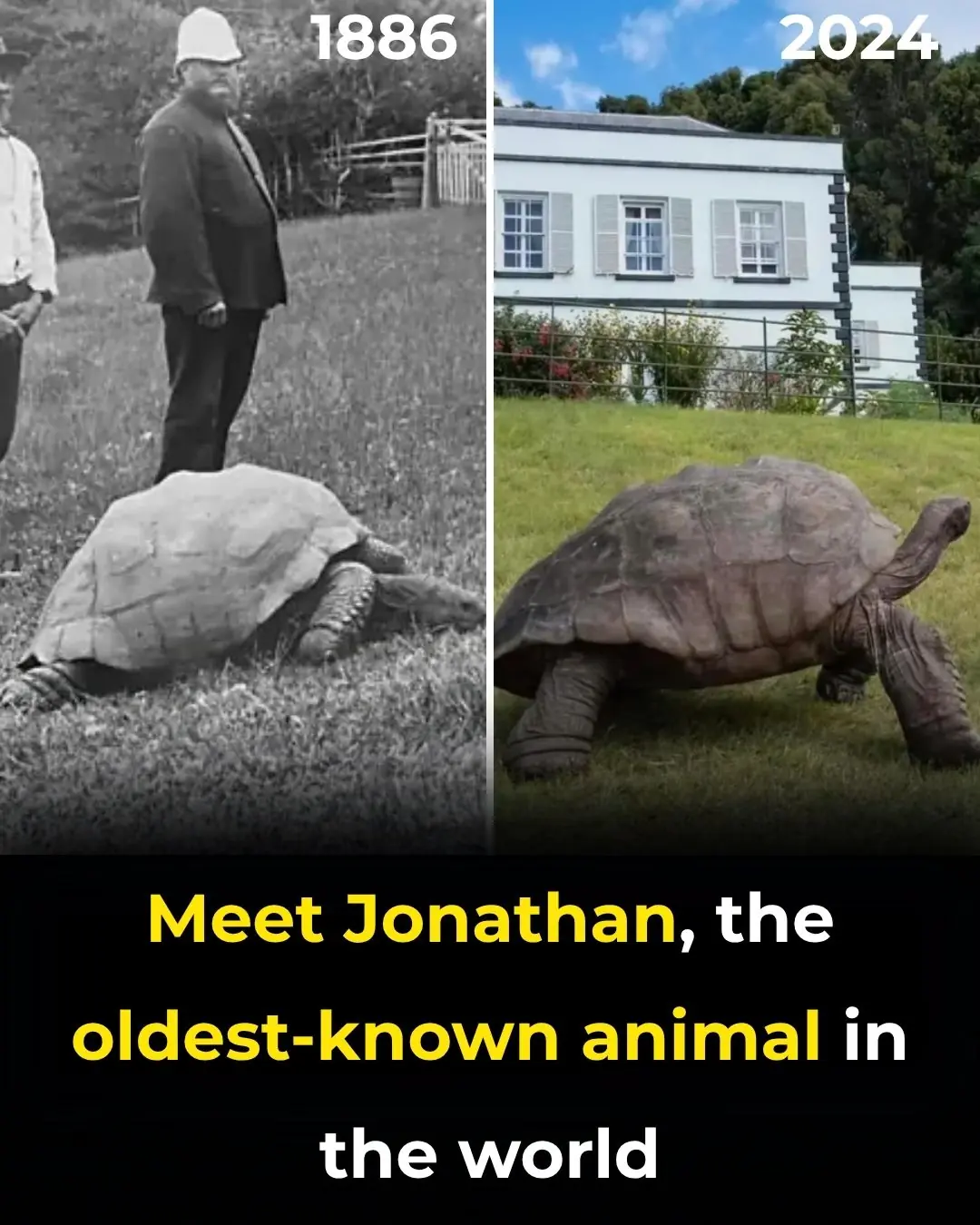
Meet Jonathan, The Oldest-Known Animal In The World
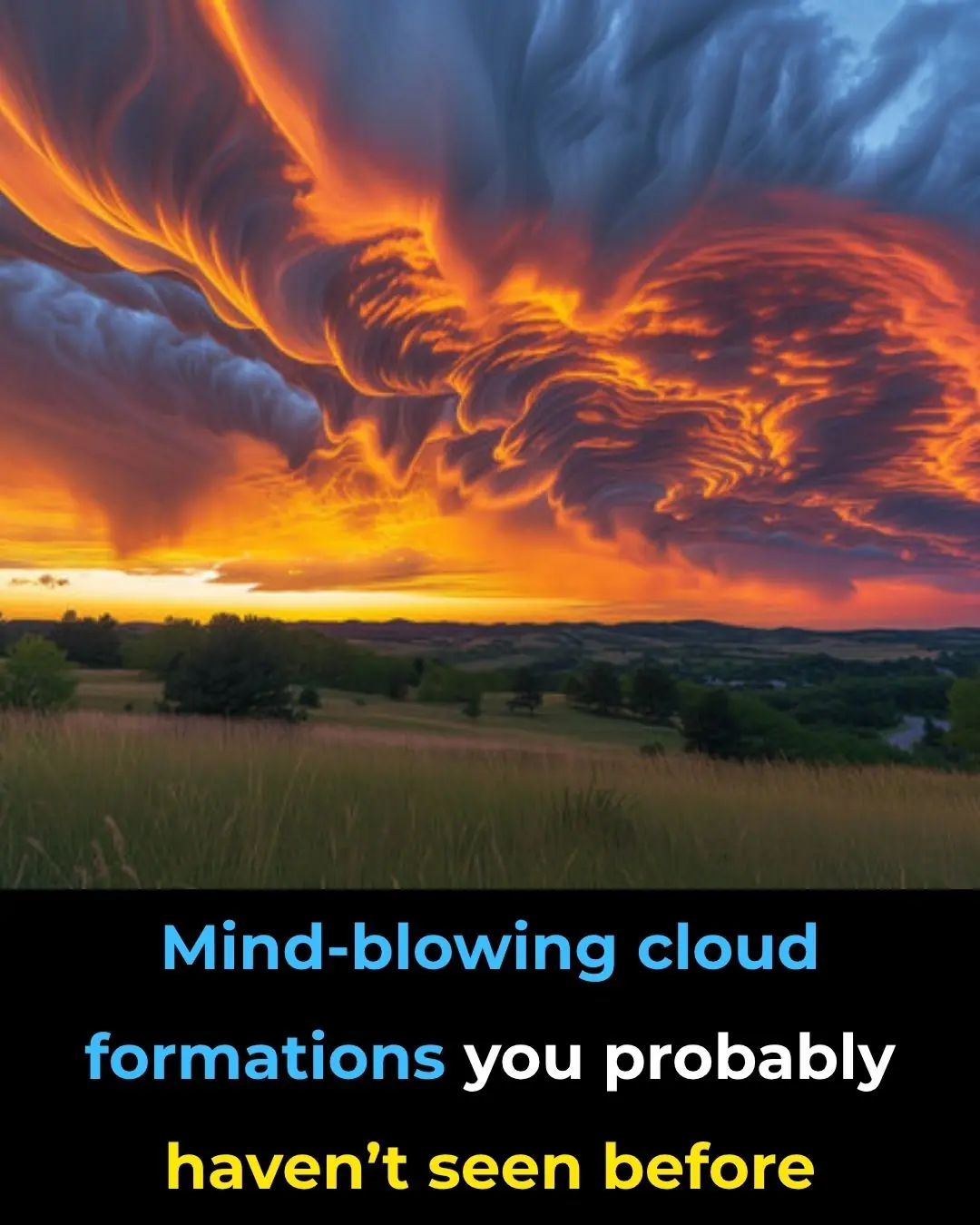
Mind-Blowing Cloud Formations You Probably Haven’t Seen Before

The Best Places to Photograph in Montana
News Post

Growing Wildflowers: A Mother’s Journey Through the Chaos

The Baby in Princess Diana’s Arms
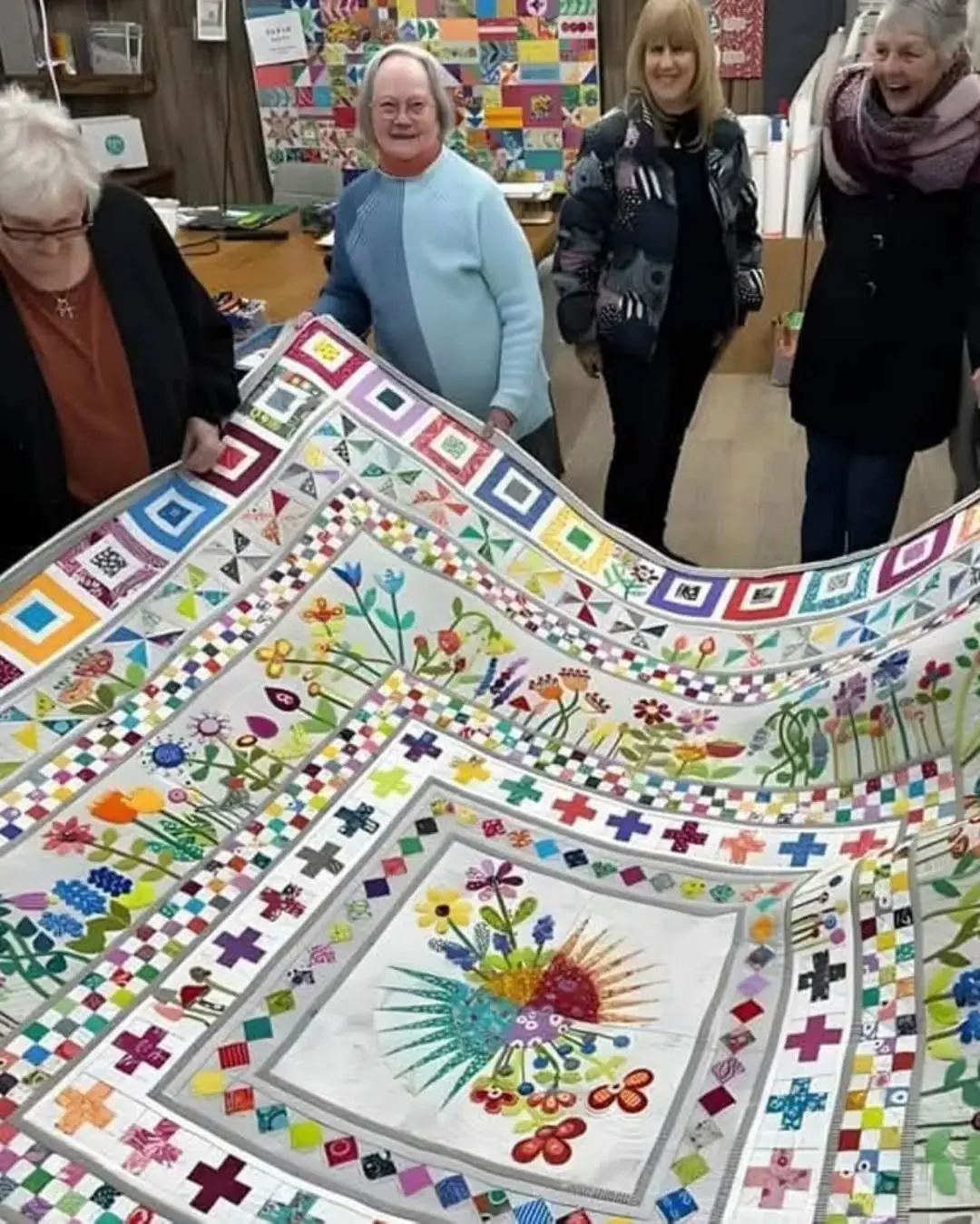
A Lifetime in Bloom: Lois Shows Us What Passion Truly Grows
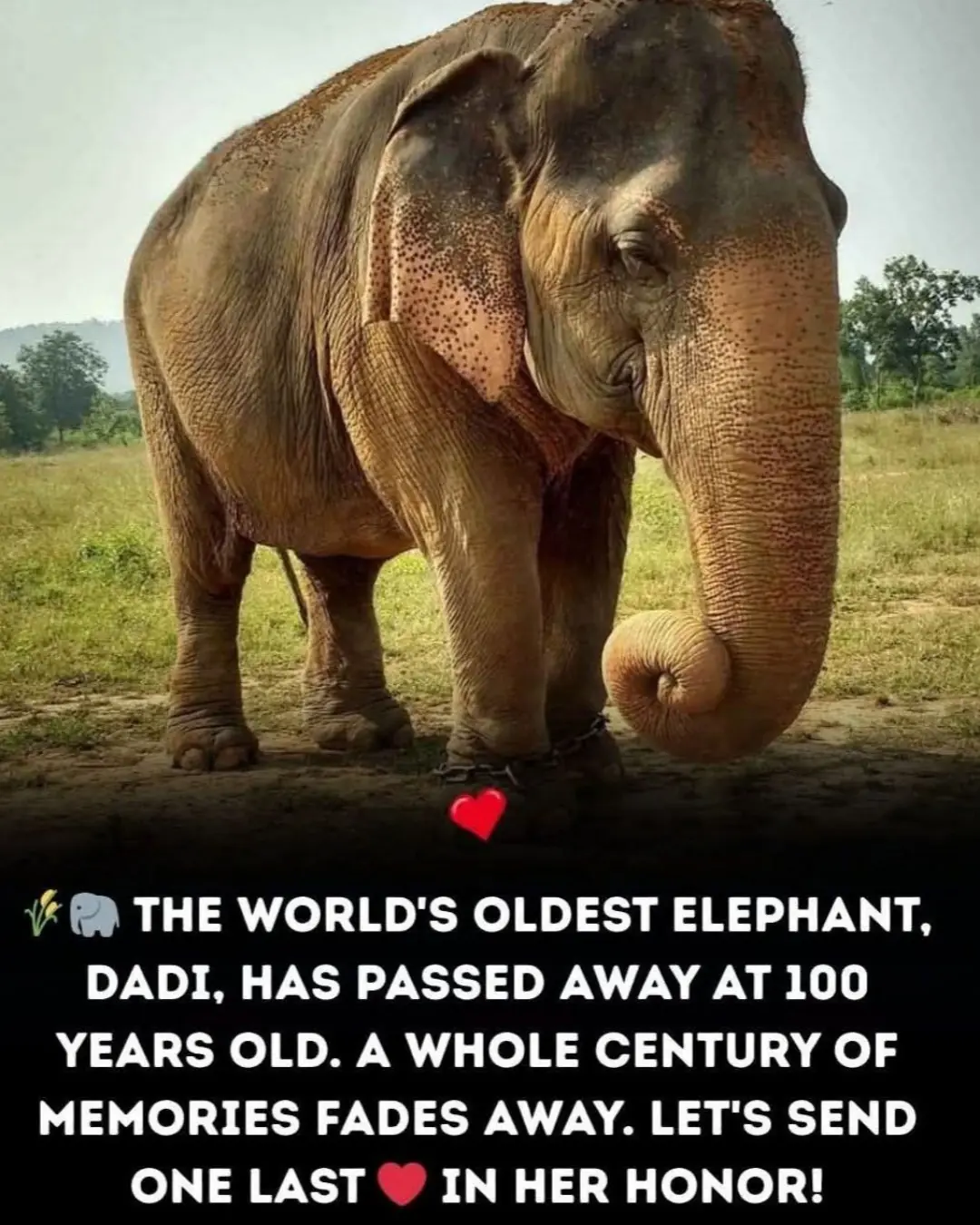
Farewell to a Giant Soul: Vatsala the Elephant Passes at 100
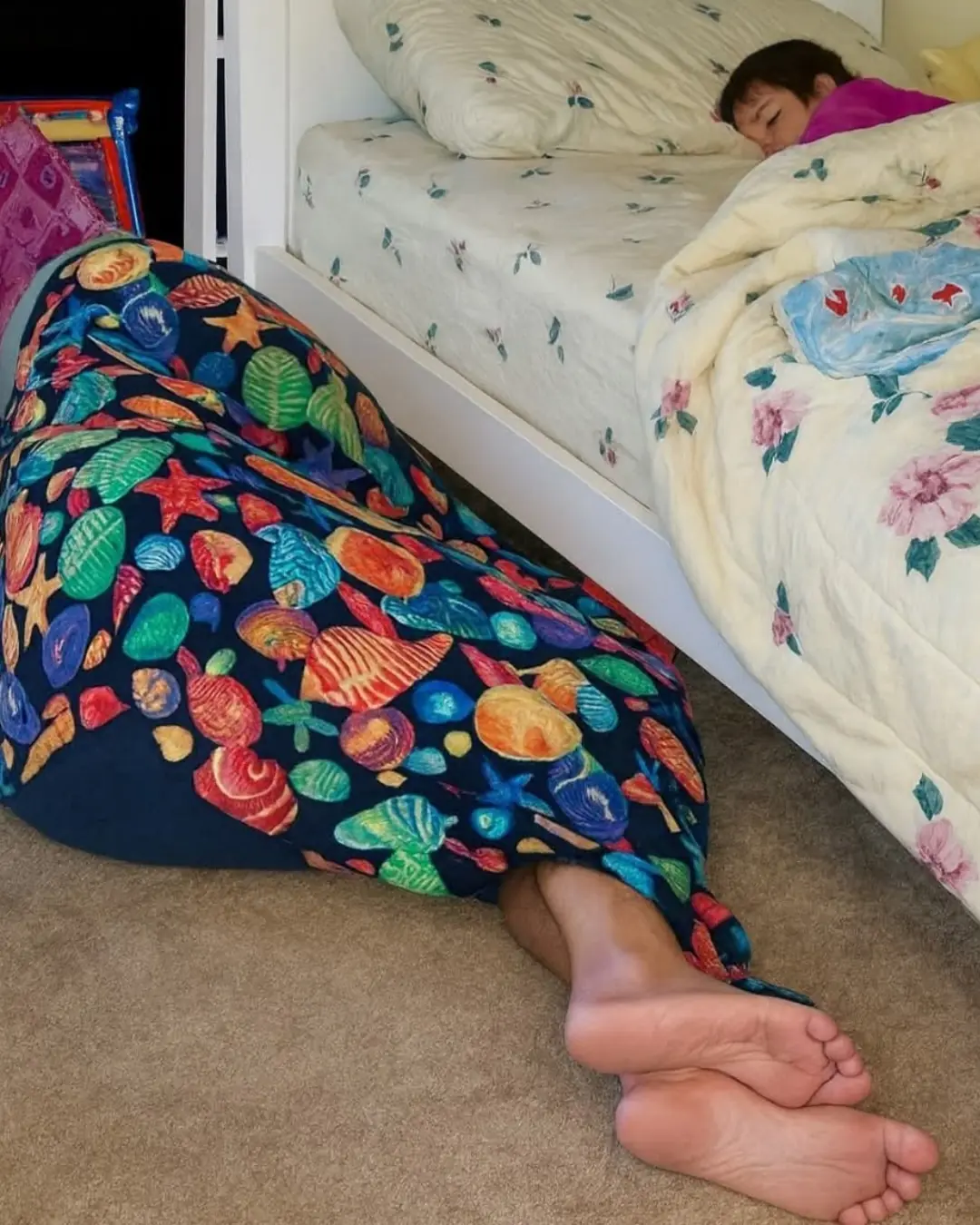
Keeping the Monsters Away: The Quiet Heroism of Foster Parents

From Sidewalk to Forever: A Daughter’s Choice That Changed Everything
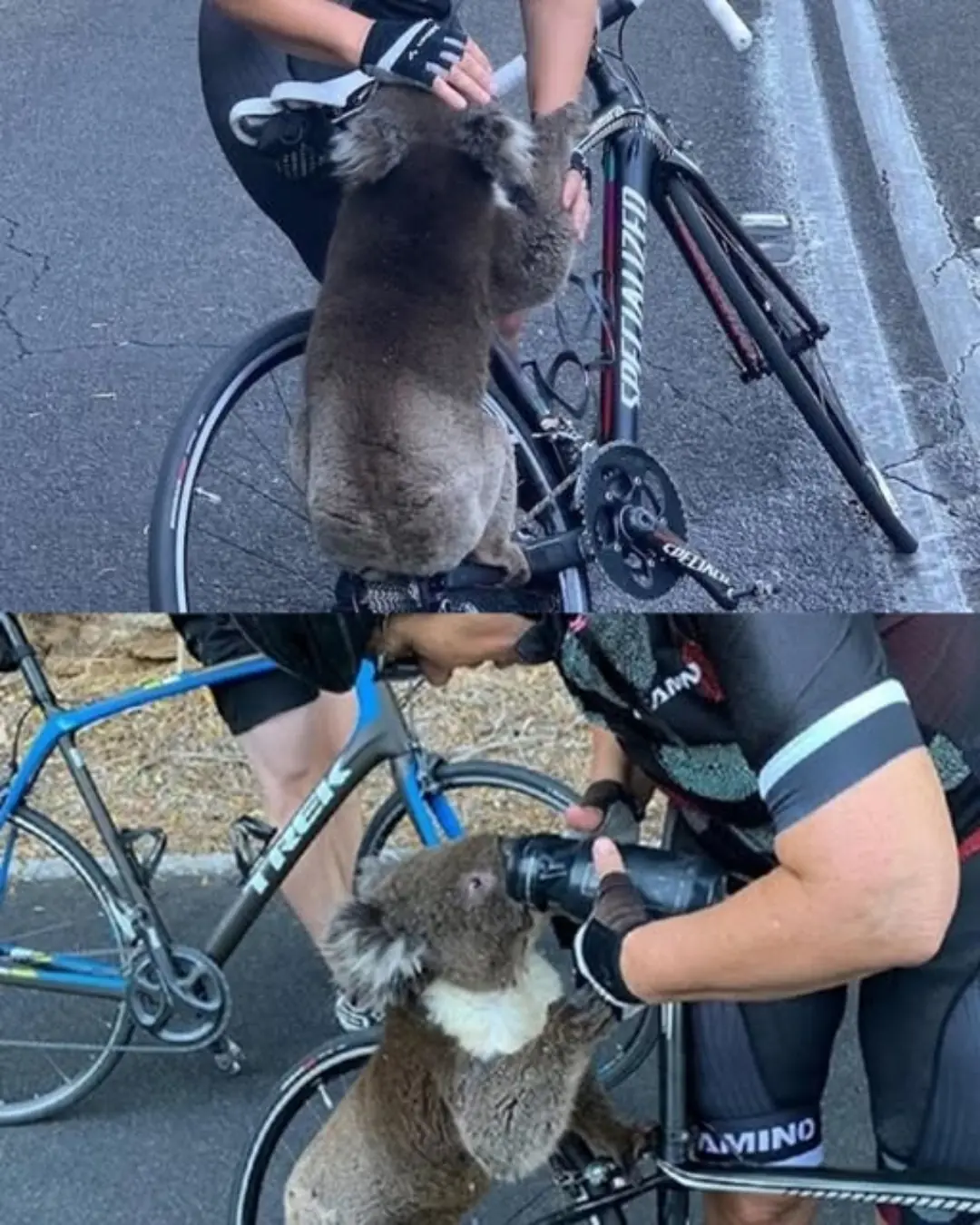
A Thirst for Life: Cyclists Halt Ride to Save Parched Koala in Australia’s Heatwave

An Actor’s Greatest Role: Morgan Freeman Becomes a Guardian of Strays

When a Celebration Became a Goodbye: A Daughter’s Farewell to Her Faithful Companion

Bella the Hero: How a Pit Bull’s Loyalty Saved a Life

No Matter How Dirty You Are, Absolutely AVOID These 7 “Dangerous Hours” When Washing Your Hair to Prevent Stroke, Sudden Illness, or Hospitalization Without Warning

3 Common Mistakes When Using Plastic Wrap That Can Cause Cancer and Are Often Made by Many People
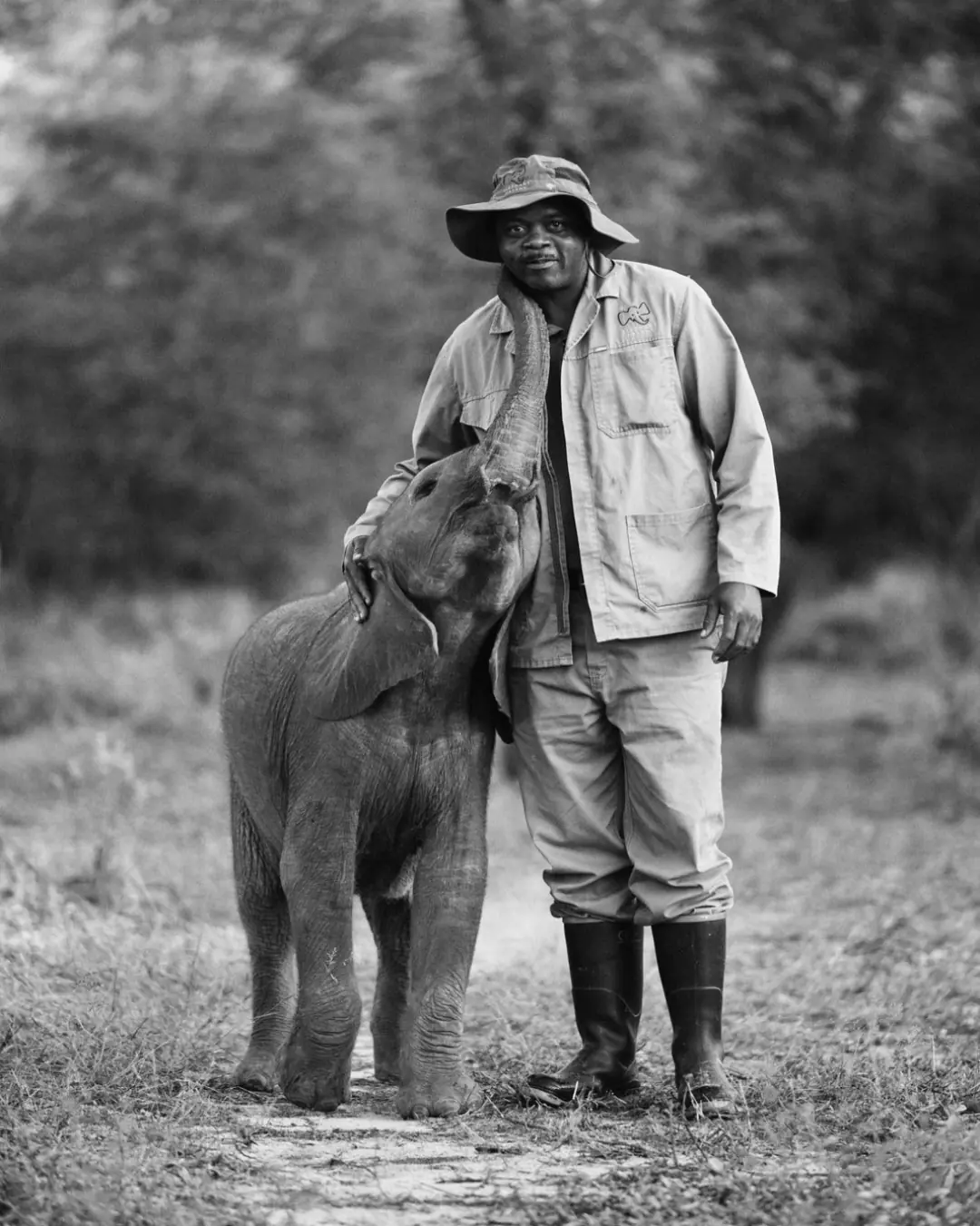
A Kiss from Joy: The Language of Love Between Elephants and Humans

What Do Vertical Nail Ridges Mean After 40

A Brave Fight for Life: Kuba’s Battle Against Ewing’s Sarcoma
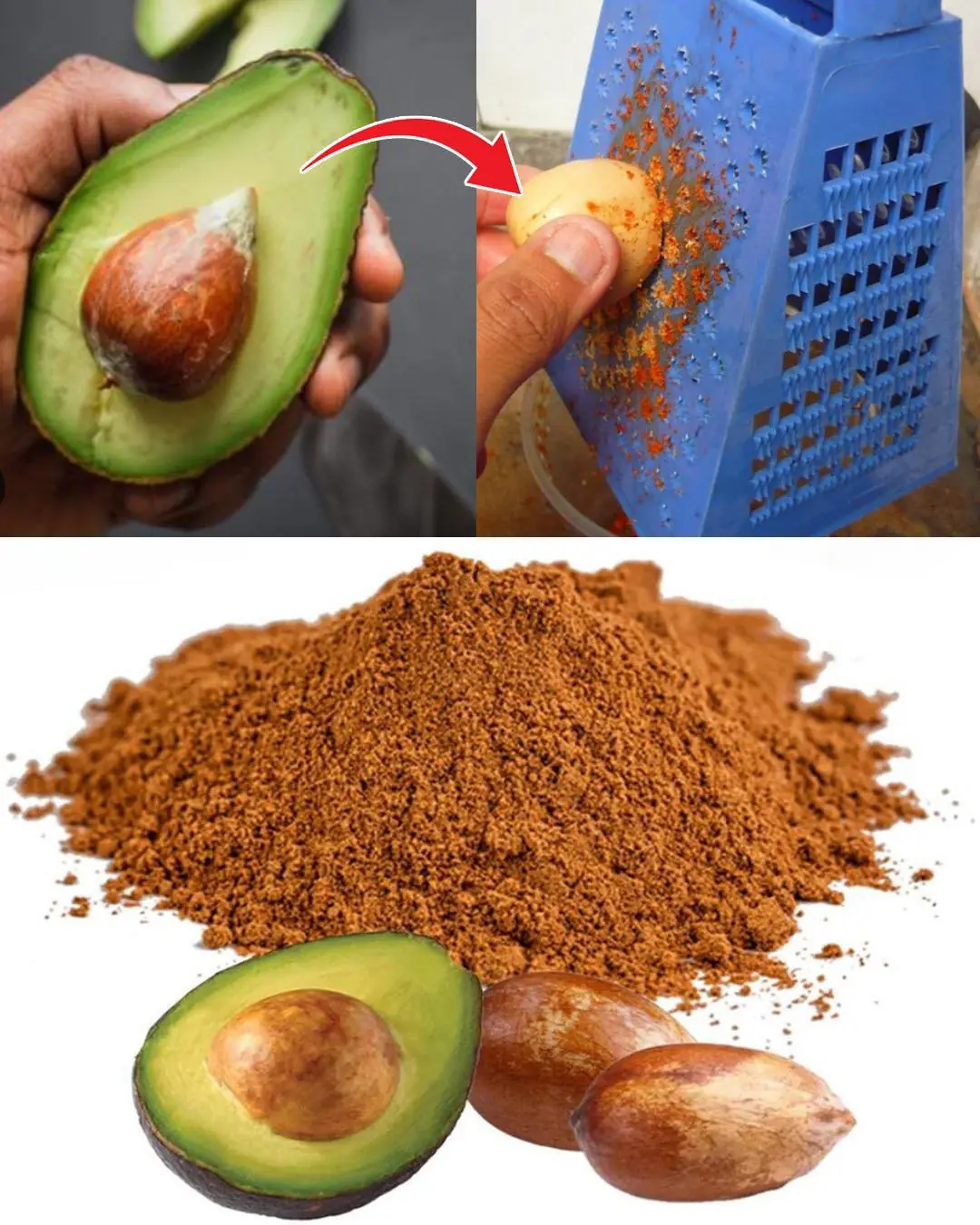
Avocado Seeds Benefits: 7 Reasons to use them

9 Signs You’re Actually Going Through Menopause (Even If You Didn’t Realize It)

Morning Detox Elixir: Olive Oil, Lemon & Ginger – The Natural Cleanse You Need Daily

Nine Children in Dawsonville Get the Gift of a Bed, Comfort, and Peaceful Sleep
